How to Translate a Document in Word: 5 Easy Methods
Looking to translate a document in Word?
It can be done in five simple ways detailed below.
Pro tip: Use a professional TMS like Centus to translate Word documents while preserving their original layout and formatting. Centus has glossaries, translation memories, QA checks, and other features for ensuring high-quality document translation.
Method #1: Translate selected text in Word
This method is useful for quickly translating certain phrases or sentences without using other tools. Whether you're working on a document with content in a foreign language or collaborating with international colleagues, Word has a built-in translation feature that you can use.
Here's how to translate selected text in Word:
- Open your document in Microsoft Word
- Select the text for translation with a cursor
- In the Review tab, select Translate > Translate Selected Text

- In the window that opens, choose the target language
- Click Insert to paste the translated text into your Word document
Method #2: Use the built-in translation tool in Microsoft Word
Microsoft Word has a built-in translation tool feature that allows users to quickly and easily translate an entire Word document. Here’s how it’s done:
- Open your document in Microsoft Word
- In the Review tab, select Language > Translate > Translate Document
- In the dialog box that opens, choose the source and target languages and click OK
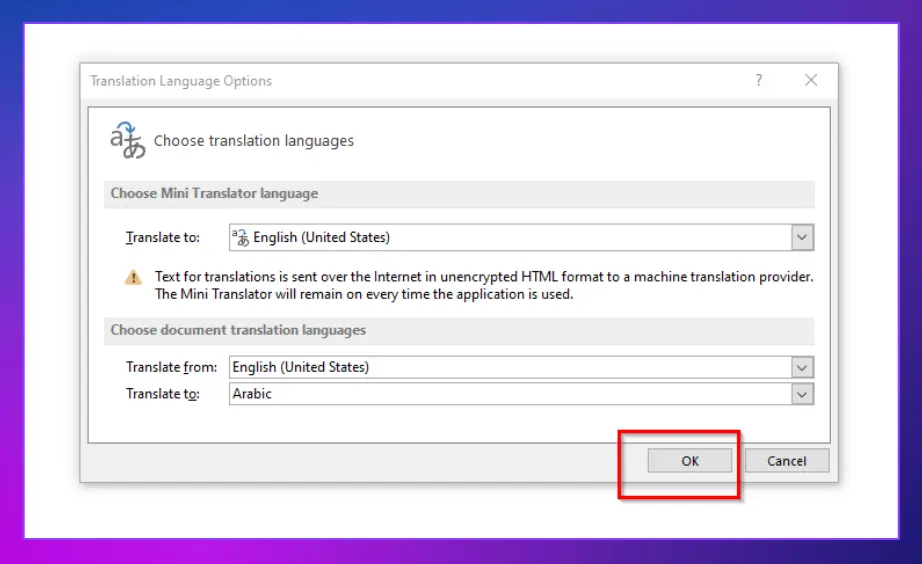
- Click Send in the dialog box that pops up*.*
Method #3: Upload the document to Google Translate
One of the most accessible and often used options for translating Word documents is Google Translate. Here’s how to use this method to translate a Word document online:
- Open Google Translate
- Click the Documents tab
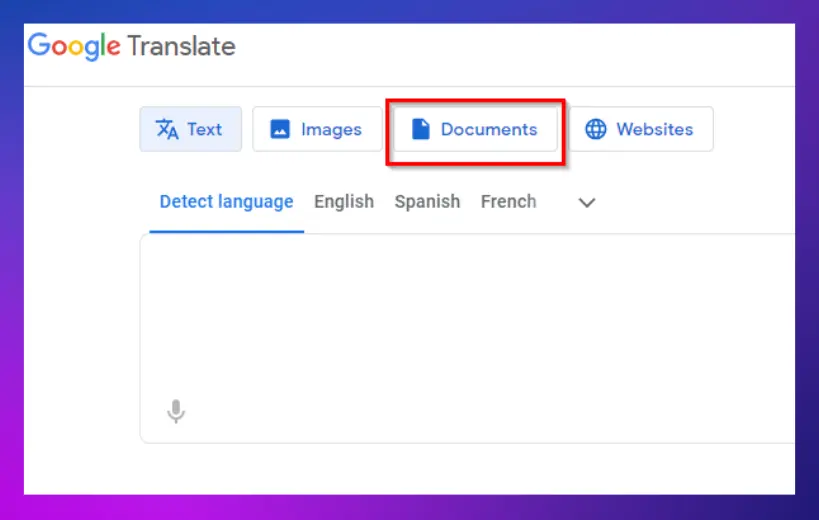
- Upload the document for translation
Learn about the accuracy of Google Translate and how the tool stacks up against other popular translation options here.
Method #4: Use Google Docs to translate a Word document
Google Docs is a popular web-based word-processing tool with built-in translation features. Follow the steps below to translate your Word document using Google Docs:
- In Google Docs, click File > Open > Upload
- Upload your Word document
- In the toolbar, click Tools > Translate Document
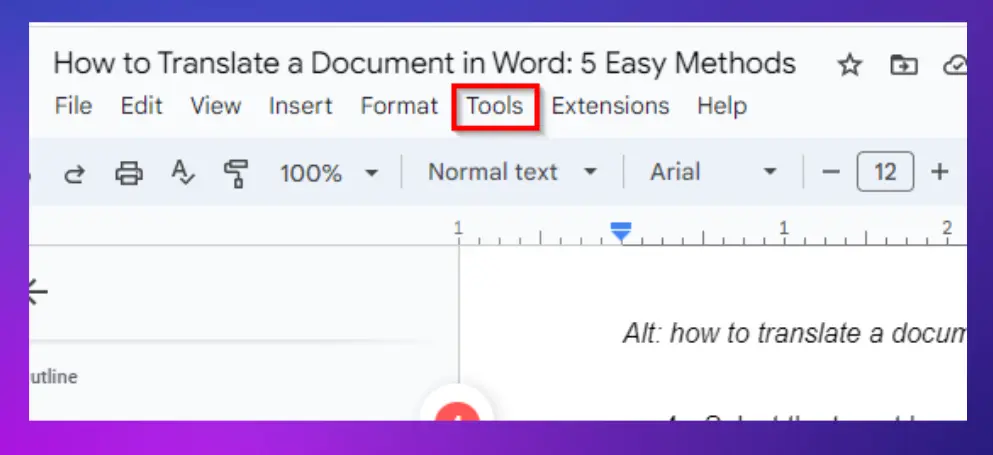
- Select the target language
- To save the translated Google Docs file as a Word document, click File > Download > Microsoft Word (.docx)
Method #5: Use a professional translation tool
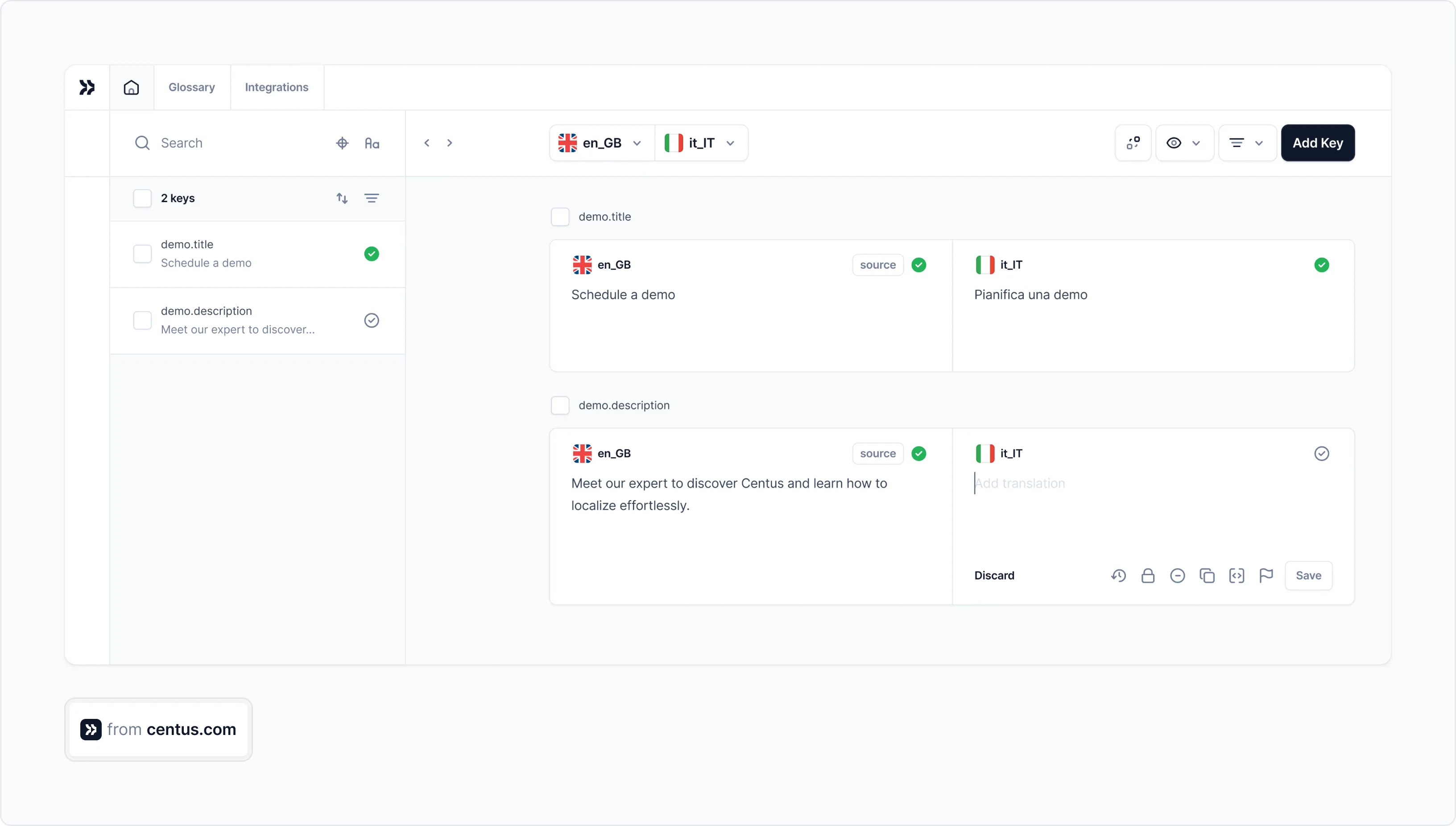
For accurate and efficient document translation in Word, use professional localization tools like Centus. The professional tools have features for simplifying the translation process, ensuring accuracy, and preserving document layout.
Here’s how to translate an entire Word document using a professional translation tool, Centus:
- Upload your Word document
- Enable machine translation
- Download a translated document in its original layout
Word Document Translation Tips
If you're translating a Word document and want clean, accurate results, a few simple practices can make a big difference. Here’s how to keep your translation process smooth and the final product polished.
Avoid Complex Formatting During Translation
Overly complex formatting tends to cause issues once the document is translated—especially if it involves tables, embedded objects, or layered styles. Stick with basic formatting: headers, bullet points, and paragraph spacing. It’s not only easier to translate but also simpler to review and update later.
Track Translation Versions and Changes
Always keep track of which version of the document you’re working on. Whether you're updating a previous translation or reviewing a colleague's edits, version control prevents confusion.
You can use Word’s built-in version history or adopt a simple naming system for each draft. That way, everyone on the team can follow the progress and avoid working from outdated files.
Use Translation Memory Tools
Translation memory (TM) tools help you reuse previously translated content, which improves consistency and speeds up the process. If you work with recurring terminology or regular document updates, TM software can save hours.
A platform like Centus supports translation memory, making it easier to keep language aligned across multiple documents.
Proofread and Edit Thoroughly
Once the initial translation is done, give the document a full review. Double-check for grammar, clarity, and tone. If the document is going to be published or used professionally, a second set of eyes is always a smart idea.
For more on catching errors and maintaining translation quality, read about localization quality assurance.
Adapt for Culture and Context
Translating isn’t just about words—it’s about meaning. Make sure your translated document makes sense in the cultural context of the audience. That includes tone, formality, and even compliance with regional regulations.
If your audience is in another country or industry, adjust accordingly. The more natural the translation feels to the reader, the more effective the document will be.
Get the week's best content!
By subscribing, you are agreeing to have your personal information managed in accordance with the terms of Centus Privacy Policy ->
Keep learning
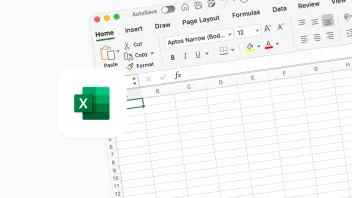
2 min. read
How to Translate an Excel File in 3 Ways
3 min. read
How to Translate Documents: A Simple Guide
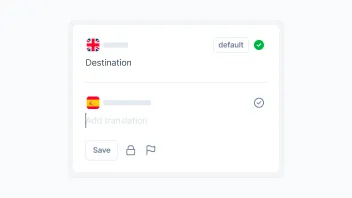
6 min. read
How to Organize Content Translation Process
3 min. read
How to Translate a PowerPoint Presentation in 3 Simple Ways
18 min. read
7 Localization File Formats Explained with Examples
3 min. read